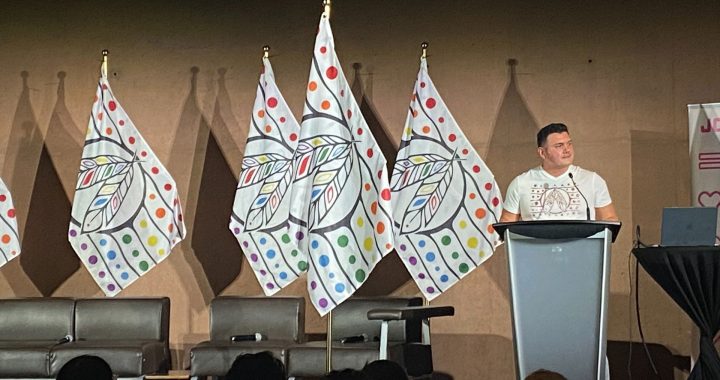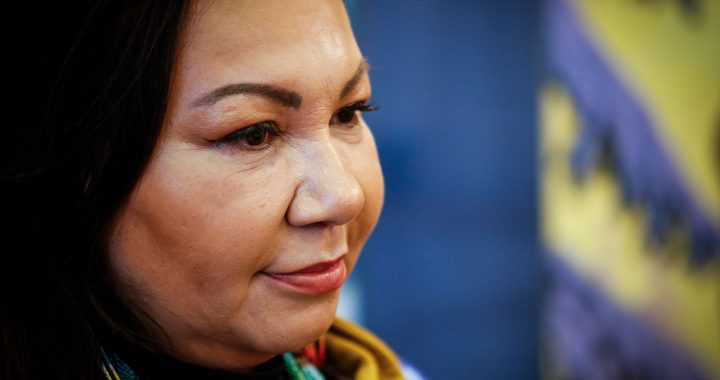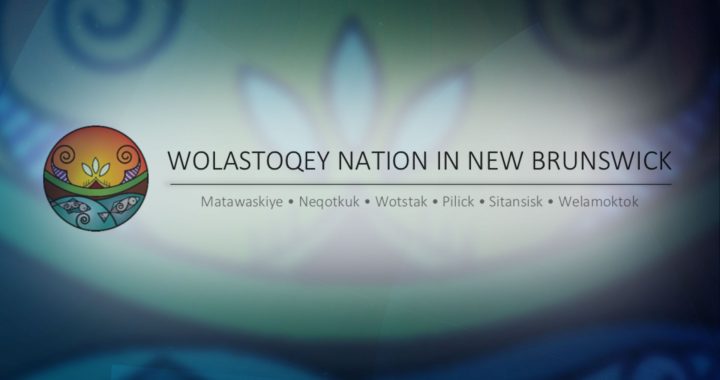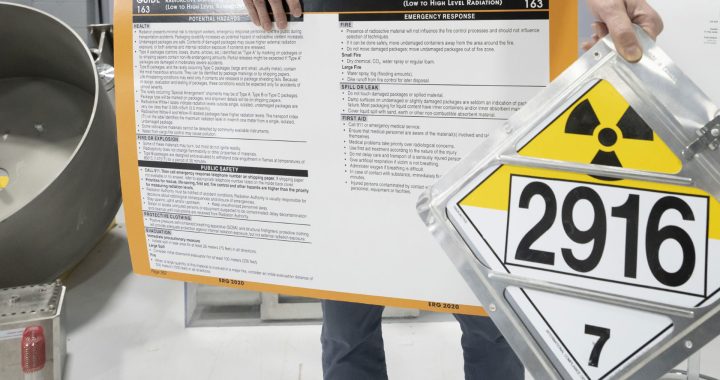
Two judicial reviews will be heard virtually in Federal Court between June 14 and June 18. Photo: APTN
On a winter’s day in 2007 one of the country’s leading child advocates teamed up with the Assembly of First Nations to file a three-page complaint with the Canadian Human Rights Commission, alleging the state racially discriminates against First Nations kids by knowingly underfunding the child welfare system.
What followed was a 14-year legal war of attrition between Cindy Blackstock, the AFN and Canada.
Over the years, the federal government spied on Blackstock, retaliated against her, knowingly withheld 90,000 highly relevant documents and showed “blatant disregard” for its own Canadian Human Rights Tribunal.
The Crown has lost every round in the legal battle so far — except one, which was later overturned.
Ottawa has spent millions fighting the case, and the war isn’t over yet.
On June 14, Canada kicks off its bid to have two more tribunal orders quashed, which APTN News will be streaming live.
Here are some frequently asked questions and key points to watch for.
What is the Canadian Human Rights Tribunal?
The Canadian Human Rights Tribunal is an administrative tribunal that exists for one reason — to protect people from discrimination.
It’s called “quasi-judicial” because it’s similar to a court of law but less formal. It only hears specialized cases about discrimination.
It gets its legal authority from federal statute, namely the quasi-constitutional Canadian Human Rights Act.
To get to the tribunal, you have to file a complaint with the Canadian Human Rights Commission, which evaluates the complaint and, at its discretion, refers cases to the tribunal for litigation.
A hearing then takes places before a panel which conducts a public inquiry.

If the panel substantiates the complaint, it has a number of options available to remedy the discrimination.
The tribunal can order the discriminator to cease their behaviour and immediately reform.
It has legal authority to order “the adoption of a special program, plan or arrangement” to remedy the misconduct.
The tribunal can also force the discriminator to compensate victims.
It can award $20,000 for pain and suffering, and it can tack on another $20,000 if the discrimination is “wilful and reckless.”
What did the tribunal find?
Working with counsel from the commission, the tribunal has thus far used all of these powers.
The commission referred the case to the tribunal in 2008.
Canada then filed what would be one of several appeals to the Federal Court, arguing the case shouldn’t be heard since the government was only a funder and not a service provider.
The Federal Court disagreed, and the public inquiry began in 2013.
The panel reviewed thousands of pages of evidence over the course of a hearing lasting over 70 days.
The members heard about children’s suffering, pain and death — about unnecessary family separations and bureaucratic denials — that, the complainants argued, Canada’s racial discrimination led to or exacerbated.
In 2016, the panel ruled in favour of Blackstock and the AFN in a 171-page decision that’s been described as a landmark, historic ruling.
The panel found Canada racially discriminates against First Nations kids on reserves and in the Yukon by purposely underfunding the child welfare system and refusing to implement Jordan’s Principle.
Jordan’s Principle is a legal rule the exists to ensure First Nations can access essential health services without experiencing jurisdictional disputes between the federal, provincial or territorial governments on who is going to pay.
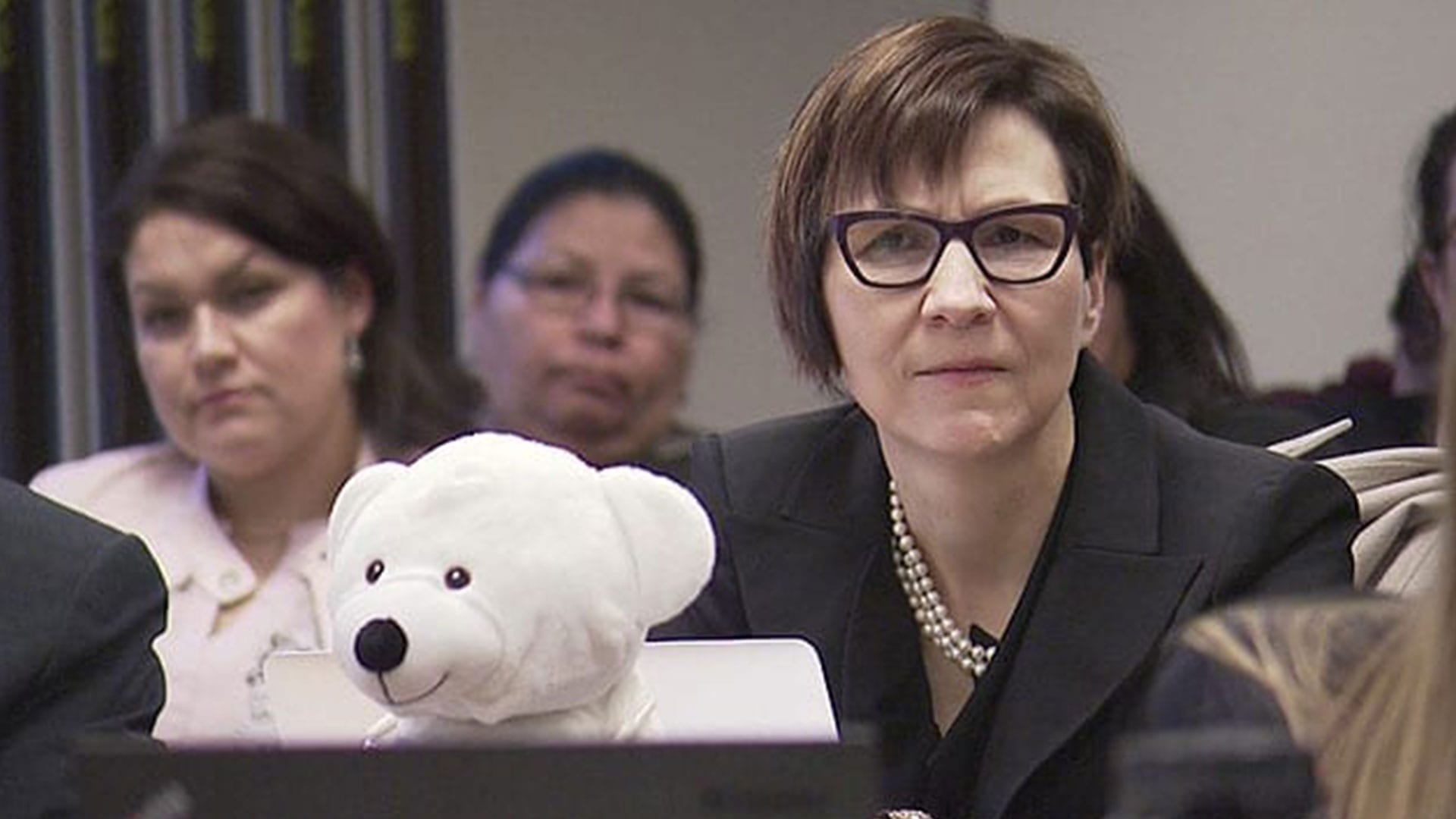
With the complaint substantiated, the tribunal began to use its remedial powers to order Canada to stop racially discriminating against children and their families.
The panel ordered Canada to properly fund and reform the First Nations child and family services program and properly apply Jordan’s Principle to all First Nations kids.
From this flowed several procedural non-compliance motions and orders.
In 2019, the tribunal turned to the question of compensation.
Here it concluded Canada had indeed discriminated “wilfully and recklessly,” violated basic human rights and inflicted profound indignity, pain and suffering on tens of thousands of people.
The discrimination is ongoing, the panel said.
In 2020, the tribunal issued another one of its remedial orders based on a motion that said Canada was not applying Jordan’s Principle to all First Nations kids.
The panel ordered Canada to apply Jordan’s Principle to non-status First Nations kids who live off reserve if they are members of their nation or have one parent with status under the Indian Act.
These last two orders are being appealed.
What has Canada done?
Canada’s appeals are technically called judicial reviews.
All decisions by administrative tribunals can be reviewed by a judge to ensure they are reasonable and comply with relevant statutes, in this case the human rights act.
Canada argues the tribunal “lost sight” of the original complaint.
Ottawa claims its discriminatory conduct is not ongoing and that it has largely complied with the tribunal’s remediation orders.
The government says it has spent billions of dollars reforming the First Nations child welfare system and creating a working Jordan’s Principle program.
Ottawa enacted the Act respecting First Nations, Inuit and Métis children, youth and families, which allows communities to enforce their own child welfare laws, on Jan. 1, 2020.
Between 2016 and 2019 alone, argues the Crown, Canada spent $2 billion on Jordan’s Principle and approved an estimated 216,000 requests for assistance.
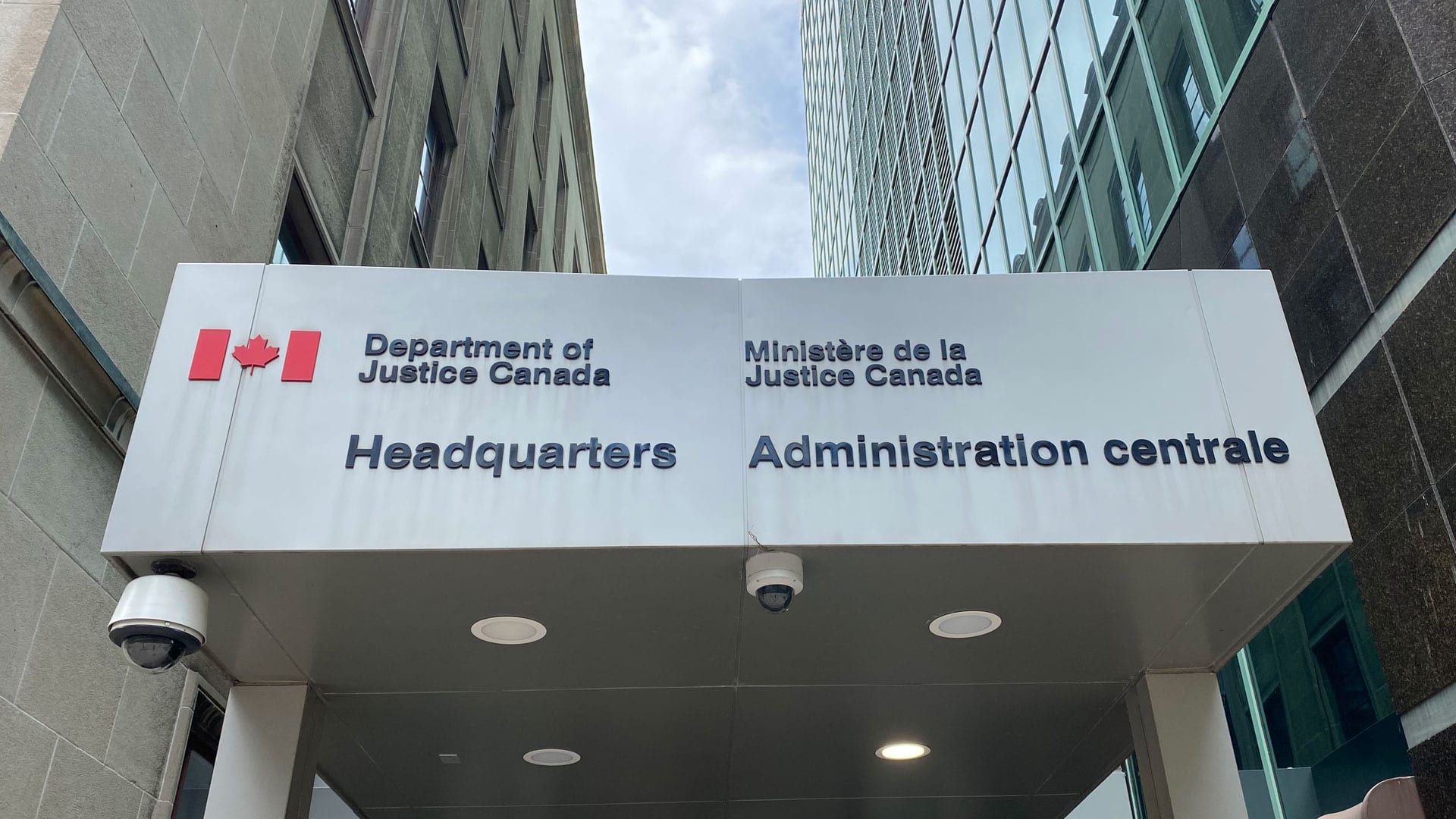
The feds argue the finding of ongoing discrimination was “egregious” in the light of these facts.
They say that the decision to award compensation to the victims was an “unreasonable” exercise of powers the human rights act doesn’t grant it.
“The CHRT exceeded its statutory jurisdiction, with ramifications beyond this decision — notably by acting as a court with jurisdiction to hear a class action in the absence of a legislative framework that serves a fundamental protective function,” a government spokesperson said in an email.
The government also argues “further engagement” with First Nations needs to happen to decide if Jordan’s Principle should be broadened.
Again, Canada argues the tribunal has exceeded its jurisdiction by re-writing core elements of federal policy, namely the Indian Act.
“Quasi-judicial tribunals are not the appropriate forum to address these types of policy questions as commissioners do not have the policy expertise to make policy decisions, nor can they engage in the necessary widespread consultation,” said the email.
Who’s involved and what’s at stake?
Blackstock’s First Nations Child and Family Caring Society and the AFN are the main complainants against the Crown.
The other respondents are the human rights commission, Amnesty International, Chiefs of Ontario, Nishnawbe Aski Nation and the Congress of Aboriginal Peoples.
For the most part, they disagree vigorously with Canada on all major points.
The AFN notes that Canada relies on the Indian Act to support its definition of “First Nations child” for purposes of Jordan’s Principle.
The Indian Act is not only discriminatory but “fundamentally racist” and “highly invasive and paternalistic,” argued AFN.
On the question of compensation, the commission asserts that compensation in human rights law is unique and separate from damages in civil law.
But the government asserts no individual compensation should be awarded in a case about systemic discrimination.
The feds say someone who suffered minor delays in accessing essential services would’ve suffered less than someone who was unnecessarily removed from their home, so they shouldn’t get the same amount of cash.
The budget office estimates complying could tally between $4 billion and $15 billion.
Canada promises to pay the child welfare victims through the civil process — a class-action lawsuit.
The complainants argue the class action can exist alongside, and in addition to, the human rights compensation.
Canada did the crime, so it should have to pay the fine, they say.
Now it’s up to a judge.
Canada could still appeal again to the Federal Court of Appeal and then the Supreme Court if it loses the review.
Read the stories here:
Federal government accused of withholding documents at Canadian Human Rights Tribunal
Documents suggest Canada paid millions more than admitted to fight Cindy Blackstock
Feds submit arguments to overturn ‘unreasonable’ and ‘egregious’ CHRT rulings





